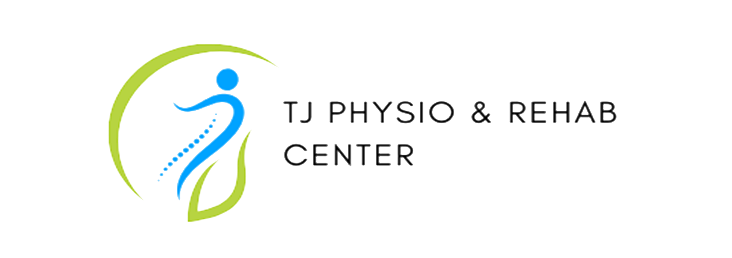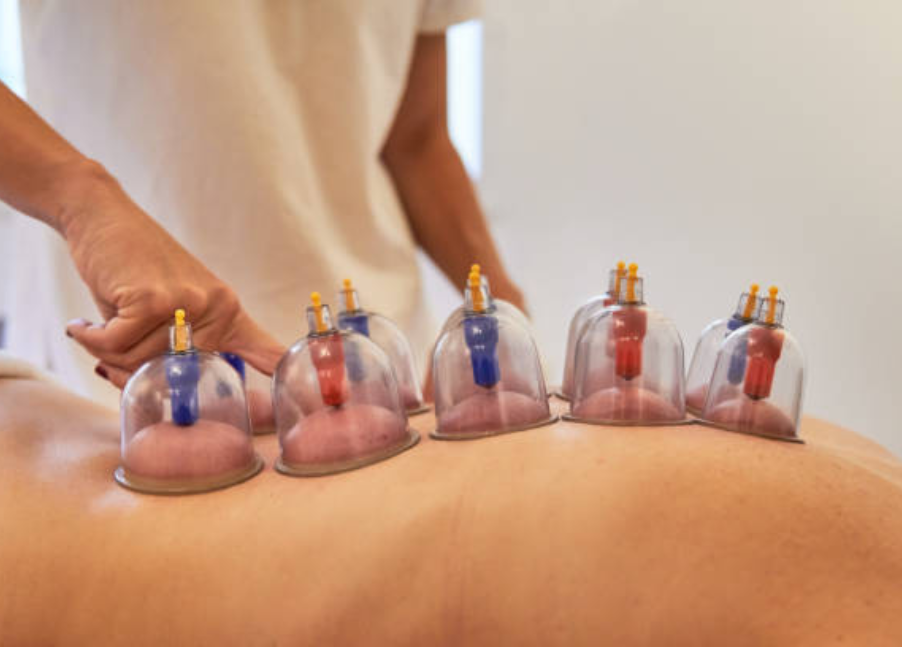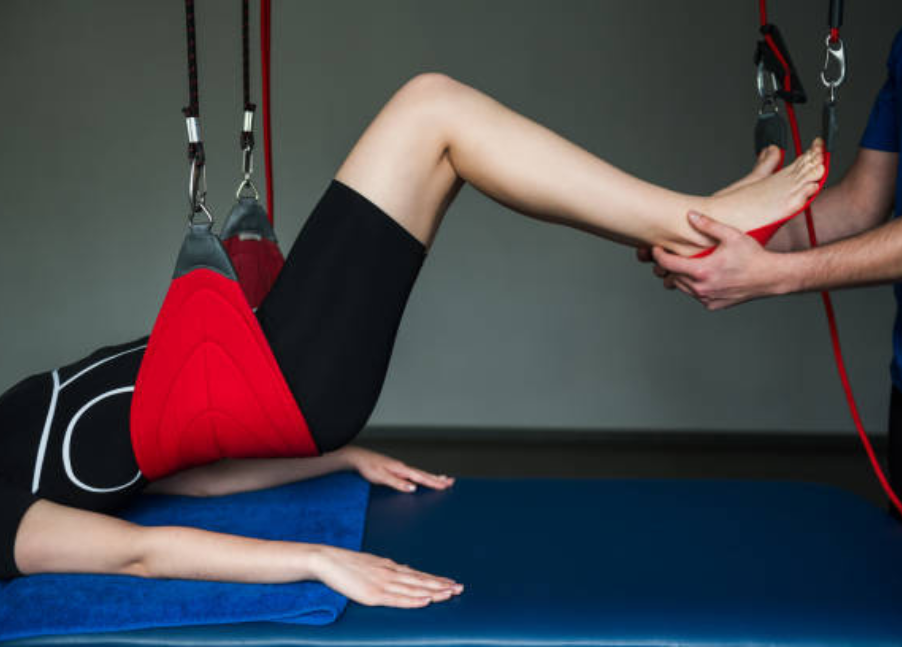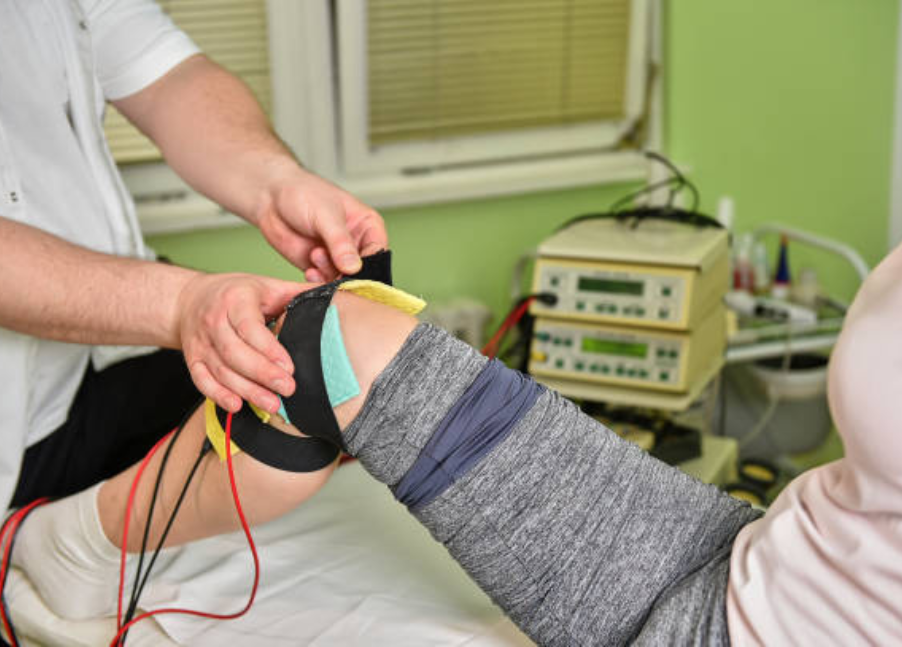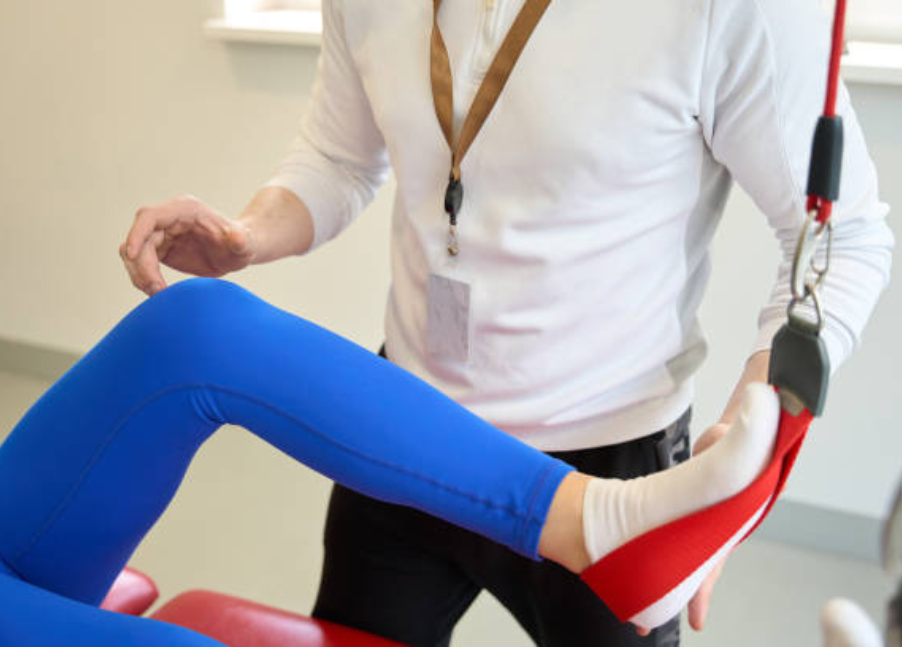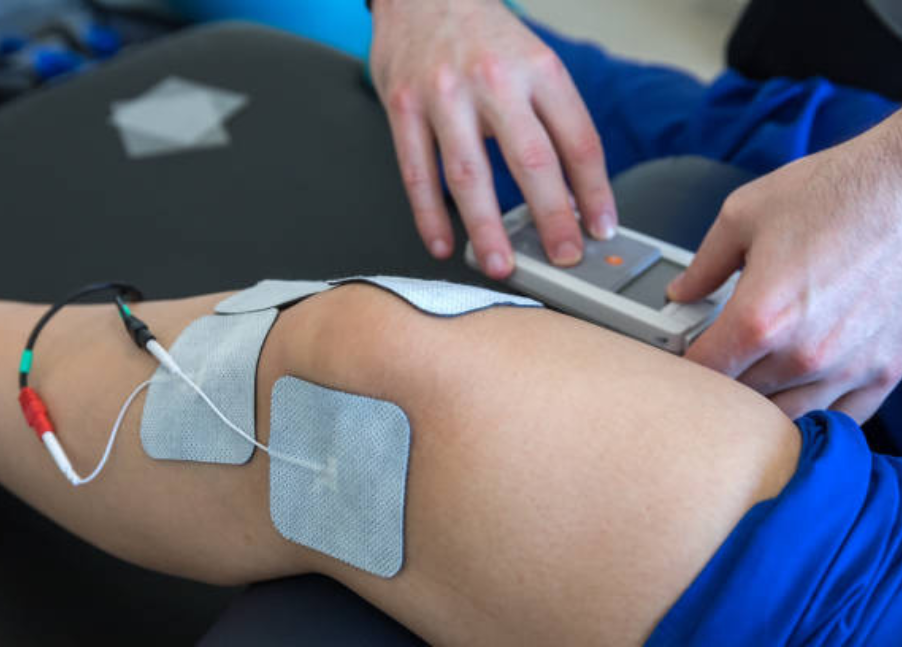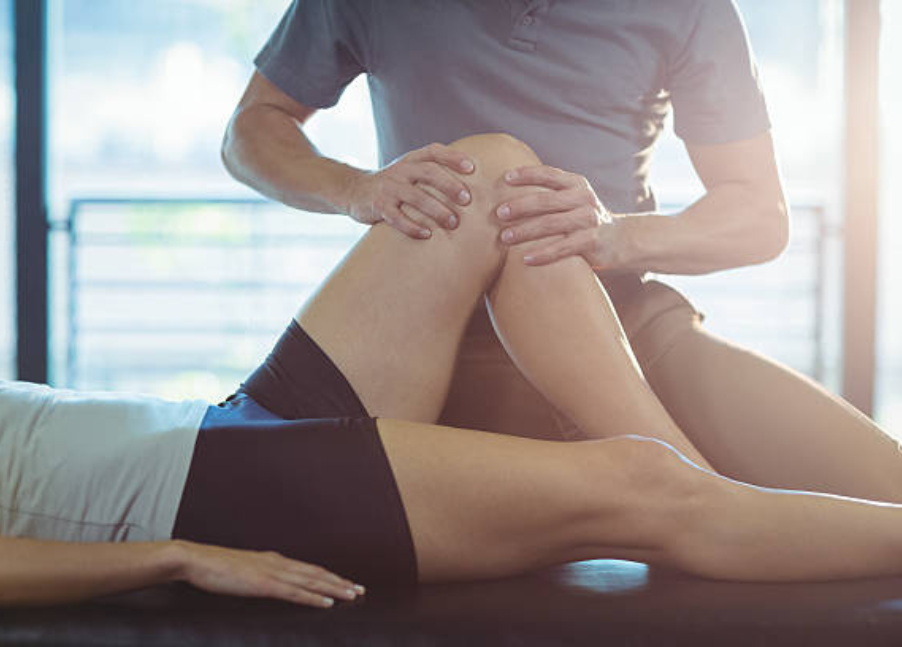Dry cupping is a non-invasive therapeutic technique that involves placing cups on the skin to create suction, enhancing blood circulation, reducing muscle tension and relieving pain.
By continuing, you accept our cookies, terms of service and privacy policy.
